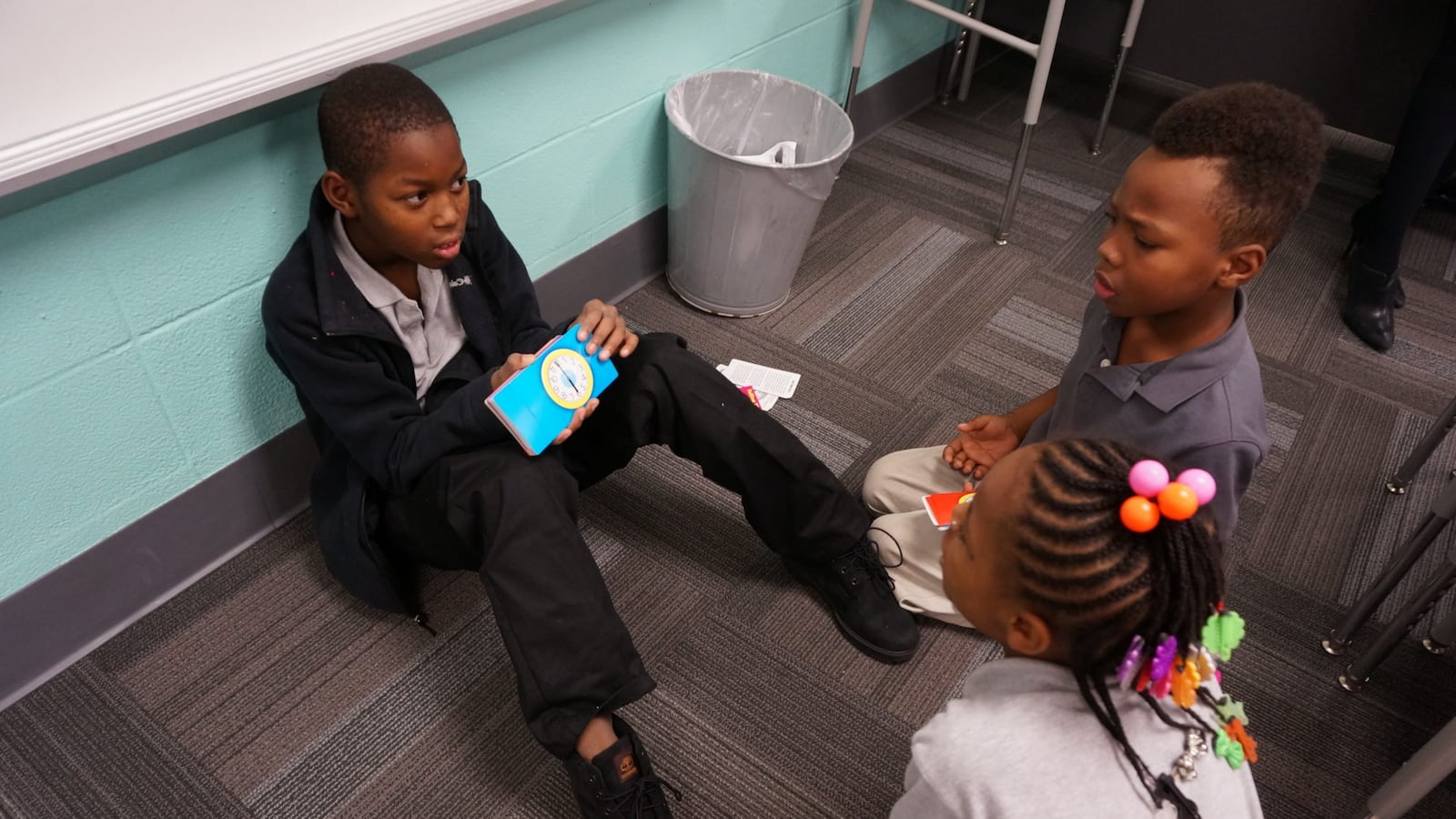Under new federal law, Indiana officials will no longer only have a responsibility to step in to help the state’s worst-performing schools — they’ll be responsible for rooting out problems in high-achieving districts as well.
Currently, Indiana education officials siphon off the state’s most-struggling schools each year for more support or other kinds of state intervention, based on their A-to-F grades. Schools that receive Fs or have graduation rates below 65 percent are called “priority schools,” and schools that receive Ds are called “focus schools.”
The categories serve as a watch-list for both federal and state accountability. Only D- and F-schools that receive federal poverty aid, known as Title I funding, are be eligible to go on the lists.
But going forward, the new federal Every Student Succeeds Act makes some pretty big changes to this system. The law replaced No Child Left Behind in 2015, and the state is currently overhauling its education policy plan to meet the new requirements. The plan is due to the federal government for approval in September.
Below, we break down the new rules and answer some questions.
So what will happen to focus and priority schools?
Those categories will go away, and two new ones will be introduced: “targeted support” and “comprehensive support.”
Targeted support schools are ones where certain group of students are doing poorly on state tests. It’s a distinction that’s focused on trying to close test score gaps between students from different backgrounds, a key aspect of what ESSA was designed to do.
Civil Rights advocates and educators have praised this part of the new law, which they hope will highlight inequities within schools and no longer allow “good” schools to overlook small groups of students who need more help.
“There needs to be a focus on these subgroups specifically because sometimes, when you’re looking at these schools as a whole, it can mask subgroup performance,” said Maggie Paino, director of accountability for the Indiana Department of Education.
Comprehensive support is similar to what are now priority schools.
Which schools would qualify?
Targeted support schools would be ones where groups of students — ethnic groups, English learners, low-income students or students with disabilities — score in the bottom 5 percent of state test-takers for at least two years in a row.
Technically, schools that have high overall grades could still fall into the targeted support category.
Schools that require comprehensive support include those that fall in the bottom 5 percent of passing state tests; any school that receives an F grade; or any high school where the four-year graduation rate is lower than 67 percent.
There’s also a way that schools could transition from targeted to comprehensive support: If a subgroup remains in bottom 5 percent for longer than the state deems appropriate (based on a timeline it gets to create) they will be considered as needing comprehensive support as well.
When do the new categories go into effect?
Beginning in 2018-19, using test results from 2017-18, the state will identify the schools that fall into the two categories, with one exception: Schools requiring comprehensive support based on how subgroups perform wouldn’t be identified for the first time until 2020-21.
The initial identification will happen in the fall, and then schools have the rest of the school year to plan. The state will also publish a list each of year of “at-risk” schools that are in the bottom 6 percent to 10 percent and high schools with graduation rates 70 percent or lower.
How can schools shake off the new labels?
If a school gets a C grade or better for two years in a row, it is no longer categorized as needing comprehensive support.
For schools in targeted support, they have five years to earn two consecutive C grades.
Both types of schools must also create a “strong plan” for how they will maintain their progress and how funding and other resources might change after they no longer need state support.
Do these schools get any extra money from the state to make their plans happen?
They do — multiple grants will be available.
Comprehensive support schools qualify for one to two years of extra Title I dollars to support their work improving their school. The money will be distributed by the state during the schools’ planning year after they are first identified.
Districts with four or more schools in comprehensive support can apply for additional grants to help them put in place bigger turnaround projects, such as transformation zones or innovation network schools.
How long can a school be labeled as comprehensive support?
Four years — the same as the state’s current accountability limit for F grades. After that, more serious consequences come into play.
At that point, Indiana State Board of Education can:
- Merge the school with a nearby, higher-performing school.
- Assign a special management team to run all or part of the school.
- Allow the school to become part of a transformation zone.
- Allow the school to become an innovation network school.
- Accept recommendations from the Indiana Department of Education.
- Delay action for another year if it thinks the majority of students are improving.
- Close the school.
- Employ other options as it sees fit.
The state board will continue discussing Indiana’s ESSA plan at its meeting next week.
You can find the state’s entire ESSA plan here and Chalkbeat’s ESSA coverage here.

